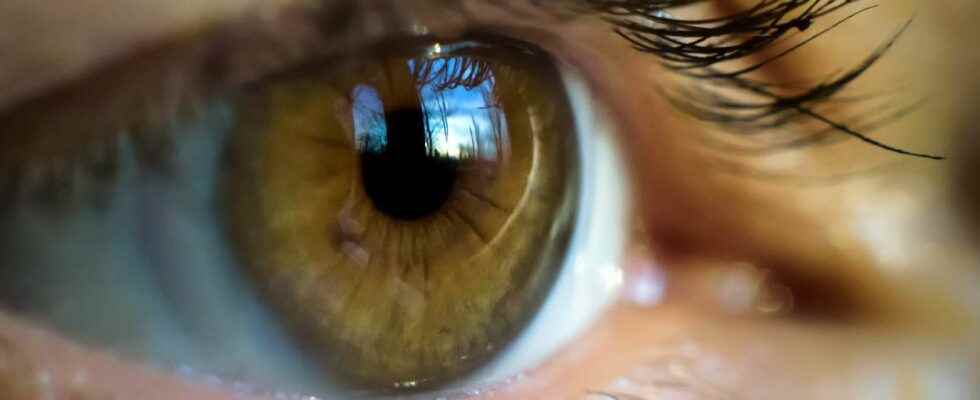If the symptoms of the disease are essentially respiratory at the beginning, Covid-19 can affect many organs. The eye is also concerned. A new study shows a link between retinal occlusion and SARS-CoV-2 infection. It can lead to loss of sight.
You will also be interested
[EN VIDÉO] Long Covid: when symptoms last for months Many people have long Covid, a form of the disease that can stretch for months. © Futura
The Covid-19 disease, although better and better characterized, has not yet finished revealing all its secrets. Definitely, it seems to be of a systemic disease which affects almost all the organs. A new symptom has been highlighted by an American team: it is an occlusion of the vessels of the eye. Their work has been published in the journal JAMA Ophthalmology April 14, 2022.
Vascular damage from the virus
The virus affects a large number of organs due to its ability to cause vascular damage via two mechanisms. First, it triggers a reaction resembling disseminated intravascular coagulation (DIC): blood tends to clot faster and more extensively than usual. This results in the formation of blood clots in the circulation, which can block small blood vessels in any organ.
Second, by entering endothelial cells and infecting them, it causes vasculitis. This is an inflammation of the vessel walls. It can affect large or small arteries, capillaries, large or small veins, and thus affect any organ. The eye is one of them: vascular occlusions of the veins or arteries of the eye in people infected with SARS-CoV-2 have already been published.
Manifestations of retinal occlusion
Patients suddenly experience a more or less significant drop in vision, usually in one eye. On the other hand, the pathology is painless. If spontaneous recovery is possible, this disease most often requires treatment to avoid functional loss of the eye.
A link with venous but not arterial occlusions
While cases of vascular occlusion of the eye have been reported in subjects positive for Covid-19, no article has studied the causal link between these two events. The authors carried out a retrospective cohort study including 432,515 patients infected with SARS-CoV-2 and having no history of retinal occlusion (period of six months preceding the infection excluded). The average age of the participants was 40.9 years and 53.6% were women.
The results show that the incidence of ocular vein occlusions (n=65) is higher in the 6 months following the infection compared to the six months preceding the infection in this cohort of patients. On the other hand, this is not the case for the occlusions of the arteries of the eye (n=16). Although these events remain rare, clinicians should be aware that this complication of Covid-19 infection does exist.
Interested in what you just read?
